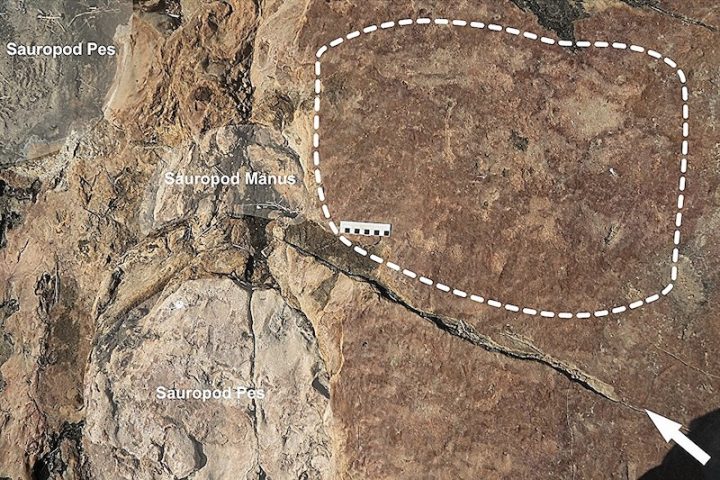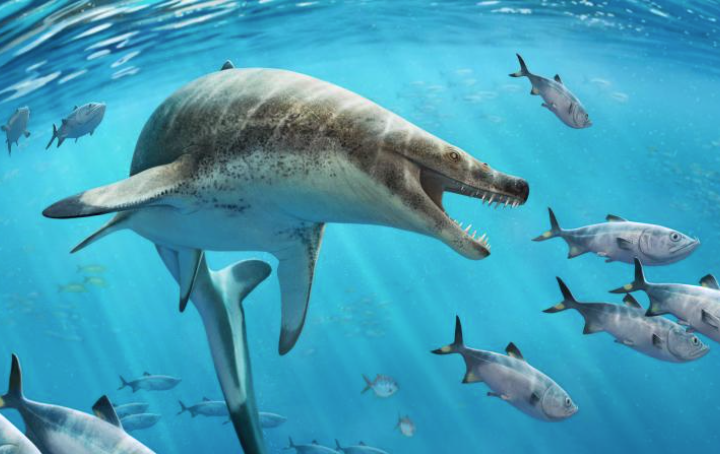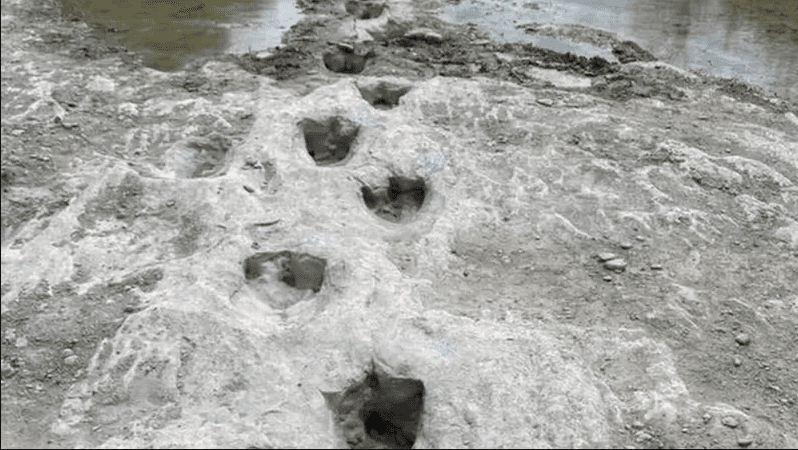From dinosaur fossils we can learn a lot about how they defended themselves, what they ate and sometimes even how they died. But when these animals became fossils, did they leave behind any clues about how old they were, whether they were young, middle-aged or very old?
The answer is yes. Thanks to “growth rings” in their largely fossilized bones, we can understand how long they lived. These rings, similar to tree rings, have only been discovered in the last few decades and reveal that most non-avian dinosaurs didn’t live that long, despite sometimes reaching gigantic sizes.
- Want to know the most important scientific breakthroughs expected in 2024?
- Danger for astronauts grows as the moon shrinks
For example, the fearsome-looking dinosaur called Sue, on display at Chicago’s Field Museum, one of the most complete Tyrannosaurus rex specimens ever discovered, died at the age of 28, according to growth rings.
Vertebrate paleontologist Thomas Holtz of the University of Maryland says herbivorous duck-billed dinosaurs appear to have lived for only 10 or 20 years.
“I think a lot of people may have been under the impression that at least some dinosaurs must have been really big because they lived for so long,” says Steve Brusatte, a vertebrate paleontologist at the University of Edinburgh in Scotland. And of course scientists thought so too,” says Steve Brusatte, a vertebrate paleontologist at the University of Edinburgh.
Large modern animals tend to live long lives. African bush elephants (Loxodonta africana), the world’s largest living land animal, can live up to 70 years. Greenland whales (Balaena mysticetus) can live up to 200 years.
But dinosaurs have another story. Holtz says a thin slice of dinosaur bone has a series of parallel lines that result from the bone growing outward. Since a new line is produced every year, counting them gives an accurate estimate of the animal’s age.
These lines are formed by annual changes in the way animals grow. In spring and summer, warm weather and abundant food means animals get enough to eat, allowing them to grow faster. But in winter, when it gets colder and food becomes scarce, growth slows down. These slowdowns in growth show up as lines between the layers of bone.
But this technique for measuring growth has some difficulties. The first comes from the marrow cavity, the chamber inside the bone that produces bone marrow. As the bone grows, so does the marrow cavity, so some of the early growth rings in this expansion are erased. To get around this problem, Holtz says researchers could overlay bones from smaller individuals of the same species over the missing lines in larger individuals to help estimate the potential total number.
Another challenge is bone type. Some bones are better than others at detecting growth rings. Bones that don’t carry a lot of stress or weight, such as ribs or fibula, tend to have a cleaner growth record.
Although dinosaurs didn’t live as long as some of today’s larger animals, there are some similarities. For example, larger animals tend to live longer than smaller ones, and the same is generally true for dinosaurs. According to Holtz, sauropods, a group of long-necked leaf-eaters that included the largest dinosaurs that ever lived, probably had the longest lifespan of all dinosaurs; the oldest known sauropods lived to about 60 years old.
In contrast, the 50-kilogram Stenonychosaurus inequalis reached its maximum size in just three to five years and probably didn’t live long after that.
There are some ideas about why dinosaurs had such short lifespans. Perhaps their metabolism, or the body’s chemical processes, including converting calories into energy, played a role. Some dinosaurs were at least partly warm-blooded and had incredibly fast metabolisms for reptiles, which may have led to rapid growth and early deaths.
Or maybe reproduction was a factor. Holtz says that many dinosaurs produced very large numbers of eggs, which meant they produced many offspring in a short time. On the other hand, long-lived mammals like elephants and whales reproduce more slowly, so natural selection rewards longer lifespans.
But this hypothesis is not without its flaws. For example, Galapagos tortoises (Chelonoidis niger) can produce large numbers of eggs, but they can also live to three-digit ages. So producing a large number of hatchlings at one time does not necessarily indicate a shorter life span.
After all, we still don’t know why non-avian dinosaurs died so young.
-Live Science-





